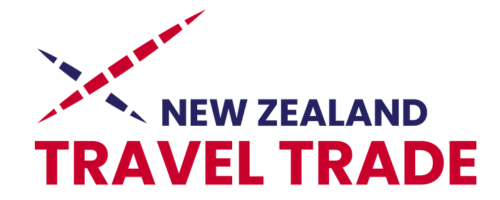The International Air Transport Association’s latest update paints a cautiously optimistic picture of the global airline industry, underscoring continued recovery and resilience despite persistent challenges. The report outlines modest profitability gains, improved passenger demand, and supply-side limitations that require strategic navigation by stakeholders across the travel trade.
Profitability Trends
Airlines are projected to see moderate profit growth, reflecting improved operational efficiency and favourable fuel price movements. However, margins remain narrow, highlighting the industry’s ongoing vulnerability to macroeconomic shifts, cost volatility, and regulatory pressures.
Fuel and Cost Management
A significant drop in jet fuel prices has provided airlines with breathing room. This easing of one of the industry’s largest cost drivers supports wider operational stability, though long-term fuel strategies particularly in light of sustainability goals will remain central to cost planning.
Passenger Market Resilience
Passenger volumes continue to rise, nearing pre-pandemic levels. While yields are softening due to competitive pressures and pricing adjustments, overall demand remains strong, especially across leisure and premium leisure segments. Ancillary revenue streams are becoming increasingly vital in supporting overall profitability.
Cargo Market Softening
The cargo sector is experiencing a gradual decline in revenue and yields, reflecting slowing global trade and a return to traditional cargo patterns after the highs of recent years. The cargo sector remains crucial for airlines with diversified revenue models, but its growth trajectory is stabilising.
Supply Chain Challenges
Aircraft delivery delays and manufacturing bottlenecks are affecting fleet growth and replacement strategies. This has implications for capacity planning, product renewal, and network development across all markets.
Sustainability & SAF
Production of Sustainable Aviation Fuel (SAF) is increasing, but volumes remain far below industry needs. The high cost of SAF and limited supply raise questions about the pace at which airlines can meet decarbonisation targets. Regulatory clarity and market incentives will be key to meaningful progress in this area.
Regional Outlook – Emerging Themes
North America and Europe remain the financial anchors, though growth is tempered by workforce shortages, inflation, and evolving consumer preferences.
Asia-Pacific shows promise as intra-regional travel rebounds, but uncertainty in major markets like China could temper momentum. Middle East carriers are outperforming in profitability, aided by strategic geographic positioning and robust premium travel demand. Latin America and Africa face headwinds from regulatory burdens, currency instability, and infrastructural limitations, though niche opportunities exist in secondary markets.

Future Implications for the Travel Trade
- Smarter Pricing and Bundling: With passenger yields under pressure, travel advisors should anticipate more complex fare structures and bundled offerings that maximise customer value while protecting airline margins.
- Premium & Experience-Driven Travel: Growth is strong in premium leisure and hybrid travel. Trade partners should pivot toward curating high-touch, experience-led itineraries that cater to this discerning demographic.
- Sustainability as a Differentiator: Consumer interest in low-impact travel continues to grow. Agents who integrate airline sustainability practices such as SAF initiatives and carbon offset options into their client offerings will more-likely build trust and competitive advantage.
- Resilience through Diversification: Market volatility is expected to continue. Travel businesses that diversify across regions, traveller types, and trip purposes will be better positioned to weather demand shocks and capitalise on growth opportunities.
The airline industry is moving forward, buoyed by strong demand and strategic cost controls. However, achieving long-term sustainability, managing constrained capacity, and navigating an evolving regulatory landscape will be central to maintaining this recovery. For the travel trade, this presents both challenges and a clear imperative, to evolve alongside the industry, leaning into flexibility, technology, and customer-centric thinking.

As 2025 unfolds, success will lie in staying informed, agile, and aligned with the future-focused direction the aviation sector is now embracing.


